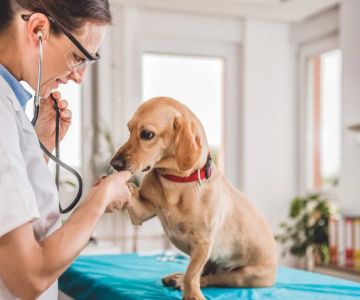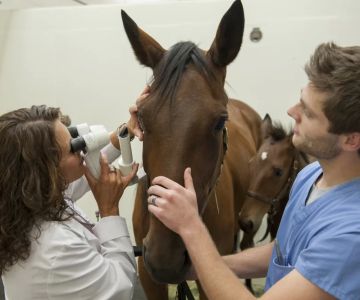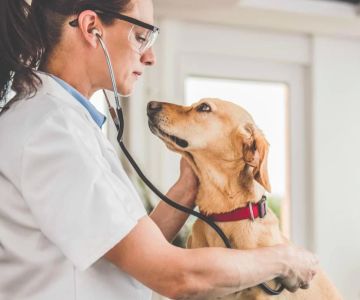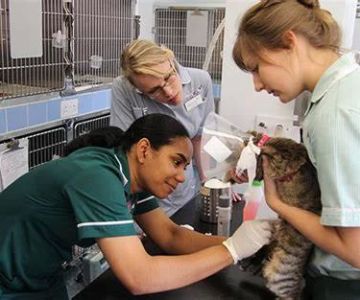- 1-Understanding-What-Constitutes-Veterinary-Malpractice
- 2-Common-Signs-and-Examples-of-Malpractice-in-Veterinary-Care
- 3-Official-Places-to-Report-Veterinary-Malpractice
- 4-Steps-to-Take-When-Filing-a-Veterinary-Malpractice-Complaint
- 5-Legal-and-Professional-Support-Resources
- 6-Real-Case-Stories-and-Advice-for-Pet-Owners
1. Understanding What Constitutes Veterinary Malpractice
Before determining where to report veterinary malpractice, it’s crucial to understand what qualifies as malpractice in veterinary medicine. Veterinary malpractice occurs when a veterinarian fails to provide the standard level of care expected, resulting in harm or injury to an animal. This can include misdiagnosis, surgical errors, medication mistakes, or neglect.
Recognizing malpractice involves comparing the care provided against accepted professional standards. If your pet has suffered due to apparent negligence or incompetence, you may have grounds to file a complaint.
2. Common Signs and Examples of Malpractice in Veterinary Care
Typical signs of veterinary malpractice include:
- Unexplained worsening of your pet’s condition after treatment
- Lack of proper diagnosis or failure to perform recommended tests
- Errors during surgery or anesthesia
- Poor communication or refusal to answer questions about treatment
- Failure to provide appropriate aftercare or follow-up instructions
These situations can be distressing, and documenting them carefully is important when reporting malpractice.
3. Official Places to Report Veterinary Malpractice
If you suspect veterinary malpractice, several official avenues exist for reporting:
- State Veterinary Medical Board: Each state has a veterinary board responsible for licensing and disciplining veterinarians. Filing a complaint here initiates an investigation into professional conduct.
- American Veterinary Medical Association (AVMA): While not a licensing body, the AVMA provides resources and guidance for concerns about veterinary care.
- Local Consumer Protection Agencies: These may assist if the malpractice overlaps with consumer rights violations.
- Legal Action: In serious cases, consulting an attorney who specializes in veterinary malpractice can be an important step.
Knowing the right place to report helps ensure your complaint is heard by the proper authorities.
4. Steps to Take When Filing a Veterinary Malpractice Complaint
When you decide to report malpractice, follow these steps:
- Gather all medical records, bills, and correspondence related to your pet’s care.
- Document your concerns clearly, including dates, symptoms, and communication with the veterinarian.
- Contact your state veterinary medical board to understand the complaint process and required forms.
- Submit your complaint with all supporting evidence.
- Follow up regularly and cooperate with any investigations.
Being organized and detailed strengthens your case and helps authorities act efficiently.
5. Legal and Professional Support Resources
Beyond official boards, numerous organizations and professionals offer support:
- Veterinary malpractice attorneys: Provide legal advice and represent clients in claims against negligent veterinarians.
- Animal advocacy groups: Offer guidance and sometimes assistance in filing complaints.
- Veterinary consultants: Experts who review medical records and provide professional opinions.
Accessing these resources can give you confidence and clarity during a stressful situation.
6. Real Case Stories and Advice for Pet Owners
Jessica’s experience illustrates the impact of veterinary malpractice reporting. After her dog suffered complications following surgery, she documented everything and filed a complaint with her state board. The investigation led to corrective action and helped prevent similar issues for others.
Experts recommend pet owners remain vigilant and informed. If you suspect malpractice, don’t hesitate to report. Early action protects your pet’s health and upholds veterinary standards.
For trusted products, expert veterinary advice, and further support, visit Hidden Brook Veterinary—your partner in ensuring the best care for your pets.











